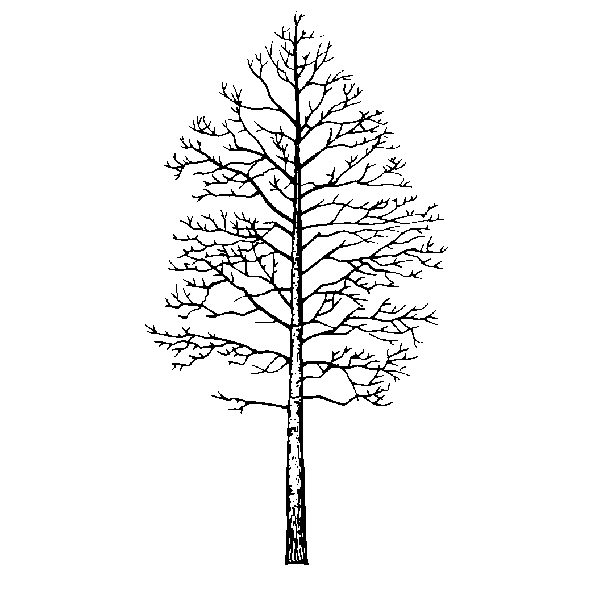Bon Odori
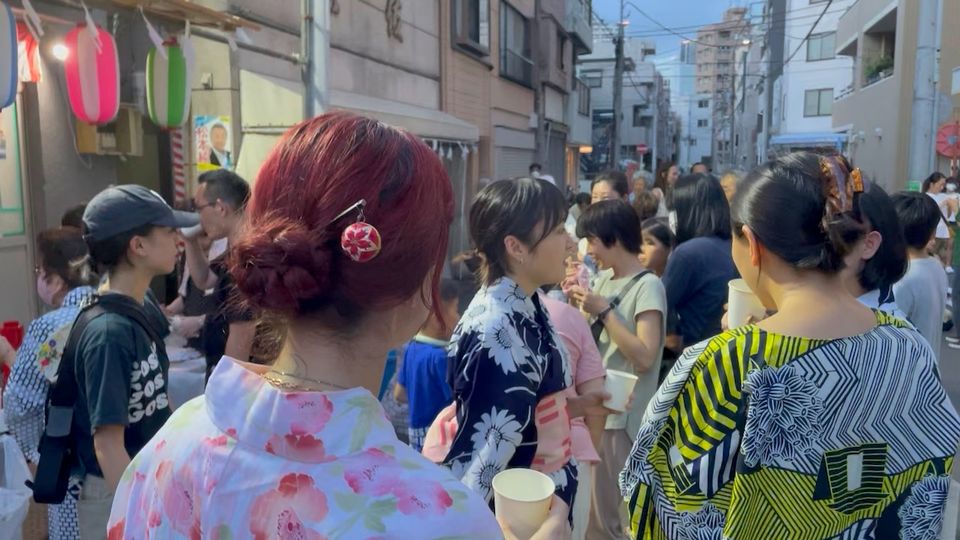
Trembling Aspen | Series_03 Here, in Koganecho | Issue_04
One naturally wonders, upon approaching a small neighbourhood celebration, how will people respond to a gaggle of foreigners joining in? How will we be received?
As it turns out, warm and welcoming. That’s how folks responded to us. Just really warm, and really welcoming, and super glad we were there. Us was about 10 artists from Koganecho. As to the event, it was a Bon Odori celebration. Bon Odori is one of the many seasonal festivals that are enthusiastically celebrated through out Japan. There are regional variations, but the main gist is that you prepare to welcome your ancestors (loved ones who have passed on), who arrive from the other side. You visit with your ancestors for three days, and then they return to the beyond. There is dancing involved—odori means dance.
To assist the ancestors on their journey, cucumber horses (shoryo uma; spirit horse) and eggplant cows (ushi uma; spirit cow) are crafted, often by children. Simply jam four chopsticks into a cucumber in a four-legged-animal configuration, and you have a shoryo uma. Likewise an eggplant. They are almost painfully cute.
I am enamoured of the Japanese people's lack of clingy-ness. You get to hang out with your loved ones for three days, and then you have to say good bye again. Even when the dead come back, it’s only for a while. Said in a slightly more poetic way, there is profound sensitivity to the impermanence of things here in Japan.
We all ended up at this neighbourhood celebration because a Koganecho staff member offered to loan out a few yukata along with help fitting them. (A yukata is a casual summer kimono) Five women from the residency took her up on the offer, the rest of us tagged along in “civilian” clothes.

Rather than explain the scene, I will refer you to the picture above. The opposite of big and splashy. As I say, small and neighbourly.
I knew there was dancing involved, I knew the dancing is choreographed with specific movements to be followed, other than that, I had no idea what to expect. I had been under the impression that the dancing part was a sort of performance which the regular unskilled folk (i.e. me) would watch. I did not know it was a participatory event. I don’t dance. I’ve never danced. Once, recently, as a point of personal growth, to stretch my comfort zone, I went to a club with a friend. I danced. It almost killed me. That sounds like hyperbole, because it is. I didn’t come close to dying. But it sure felt like it, dear friends, it sure felt like it. The main point is, I do not dance. And the Bon Odori celebration was so compellingly inviting that I danced. I don’t think I got one choreographed move right, but wow, it was fun.
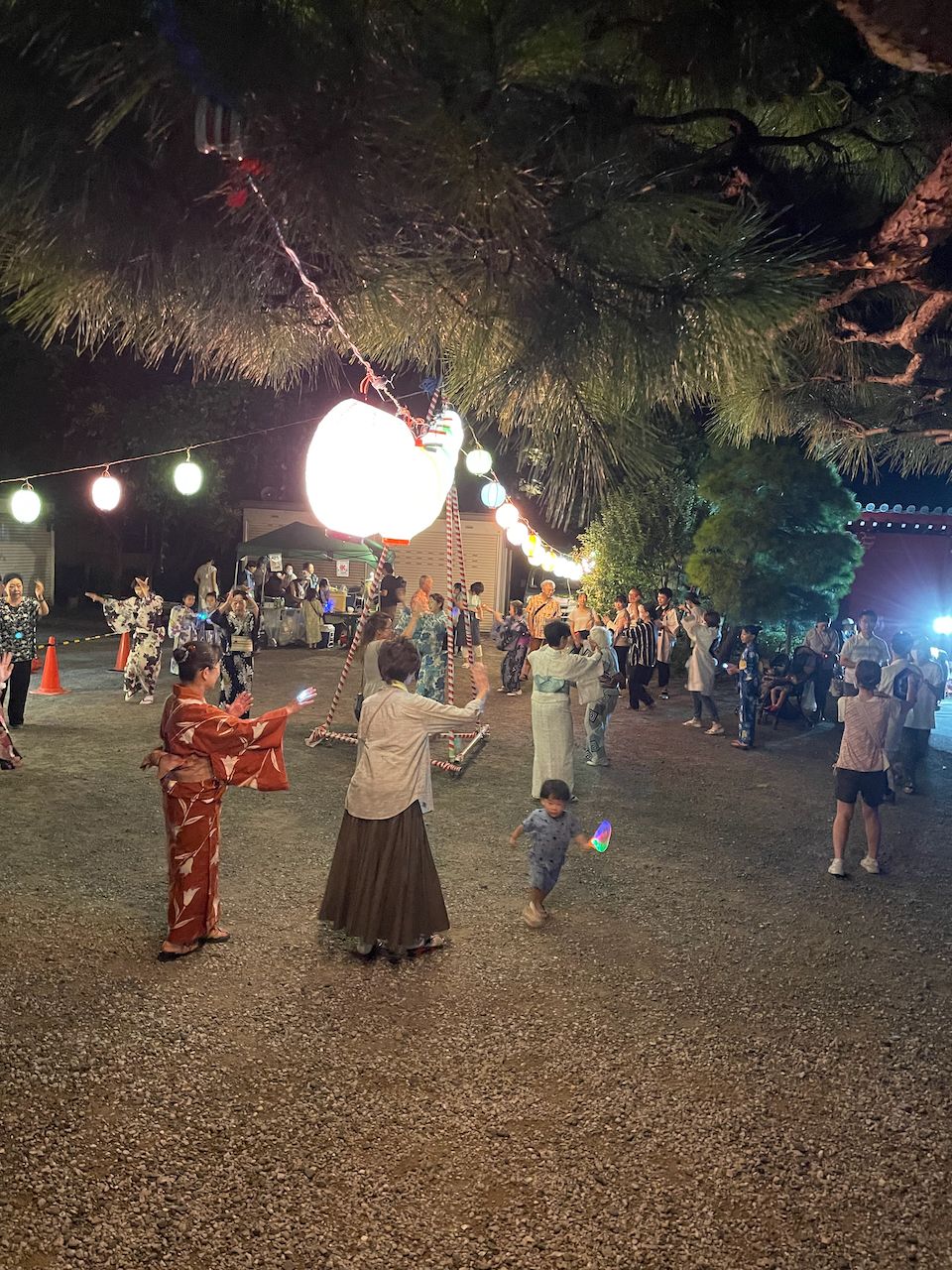
There’s a part of me that knows it needs what’s on offer here—community, and a place, even a small place, in it.
I was reminded of an experience while travelling in Ethiopia. We were headed to a village and over the next hill we heard singing. Our guide explained this field had been fallow and was ready to be planted again. Because the earth had been fallow it was packed hard which made the initial tilling more difficult than a typical yearly cultivation. As a result, when ever a fallow field is being brought back into planting, the whole village gets together to help. A circle of 15 to 20 people is formed, they all thrust the sharp end of 3 meter long pole into the earth, all together they pry up the piece of soil in front of them, and a whole huge circular clump of earth is lifted and turned over. The singing keeps everyone in sync. Poles up and then down, prying back and turning over. The work was in the singing. The community was in the work.
As I listened to the explanation, along with the singing, the singers still out of sight, I started crying. I had no idea why. When we crested the hill and I saw the work being done, and the singing that made it possible, I really started to cry. Like, awkward “Um, excuse me while I walk over here and become a mess” crying. And. I. Didn’t. Know. Why!
Later, after a bit of reflection, I realized my soul had recognized something it longed for, long before my conscious thinking had come online. My soul longed for community, and had instantly recognized it in the work of singing. Community was something I had very little of at the time—along with a sense of belonging, a place, even a simple one. My harried, fragmented, clock bound life could only offer me pinched sips of community, like little gasps of air. When my soul sensed the oxygen of community, it had breathed deep. The sudden recognition, longing and inhale had been overwhelming to the ache in my soul.
The Bon Odori celebration hadn’t brought that kind of overwhelming response. Perhaps I’ve got better at giving my soul the things it needs. But I was reminded of that response I’d had in Ethiopia. I was reminded about that twinge of longing that resides in every human soul, the longing to belong by virtue of being alive, not for anything you’ve done or earned or bought. So simple, so elusive.
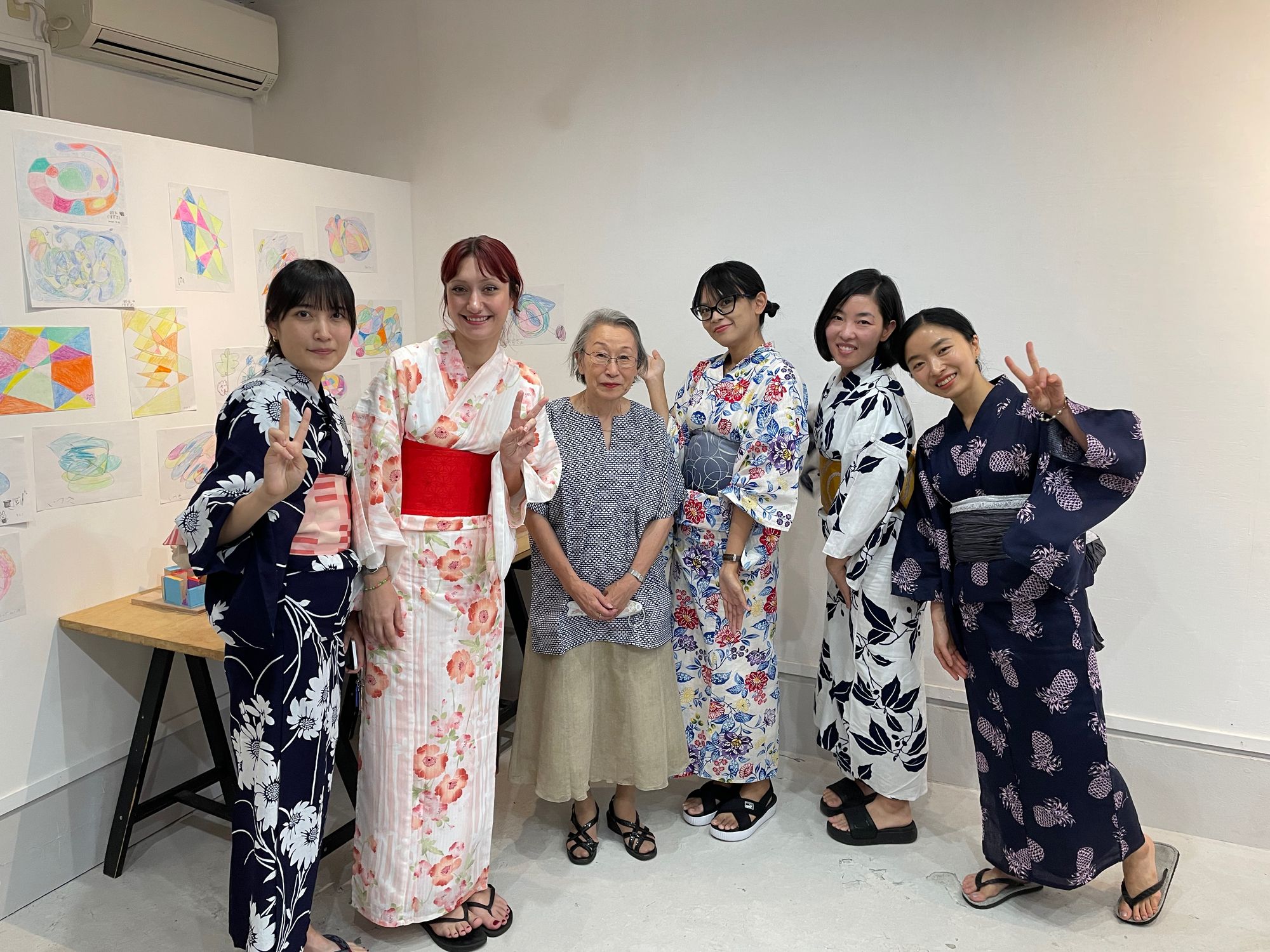
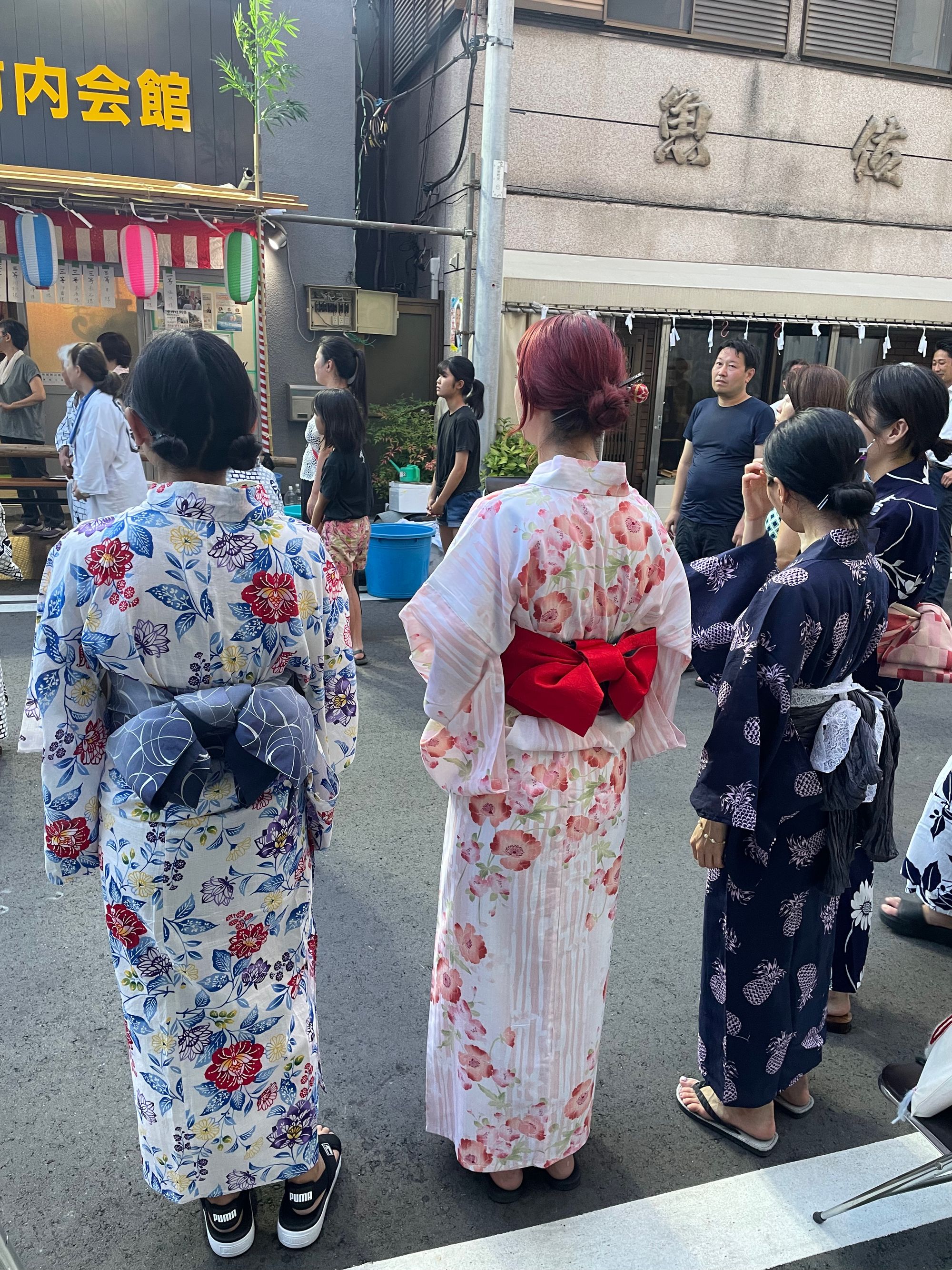
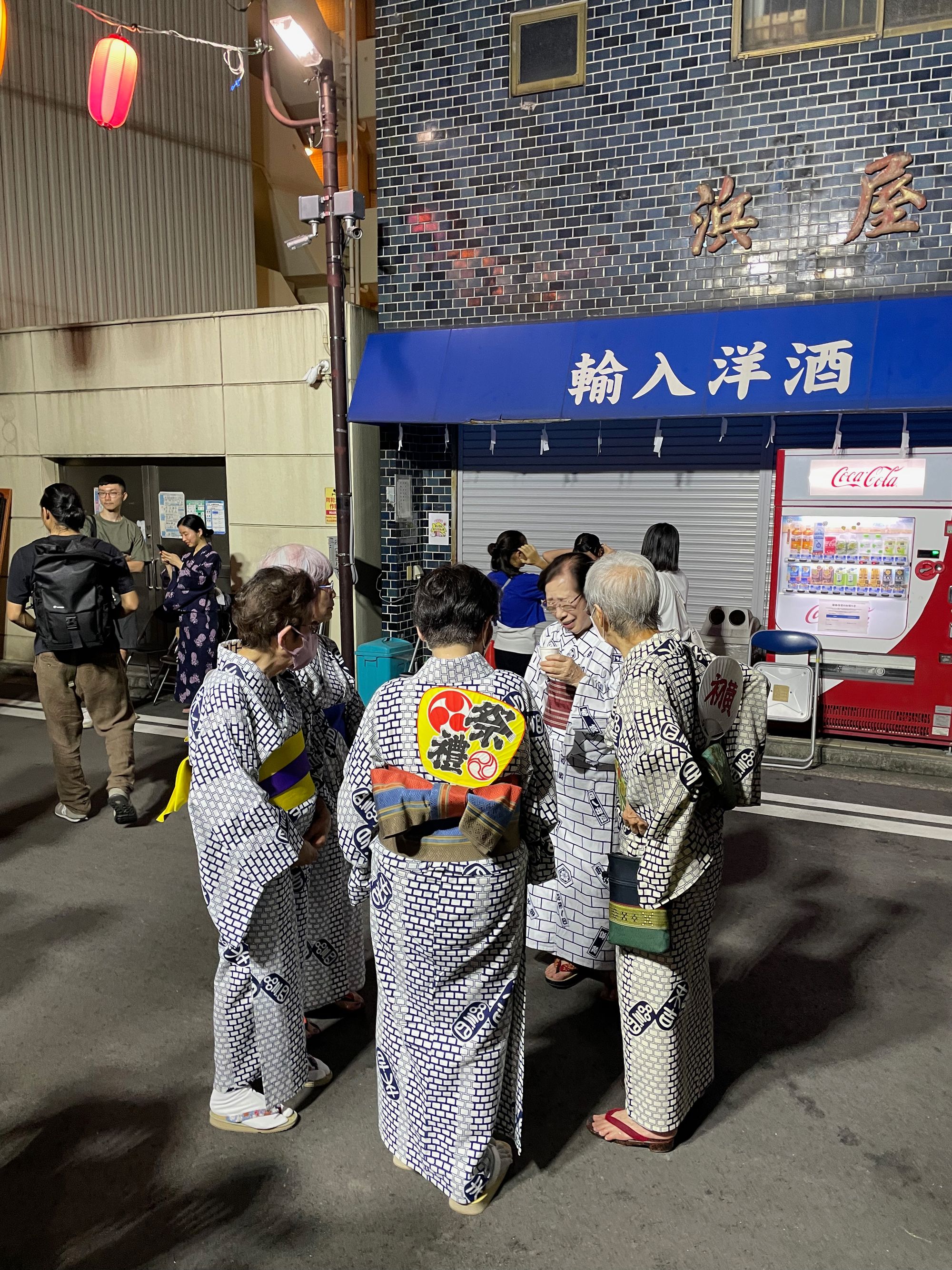
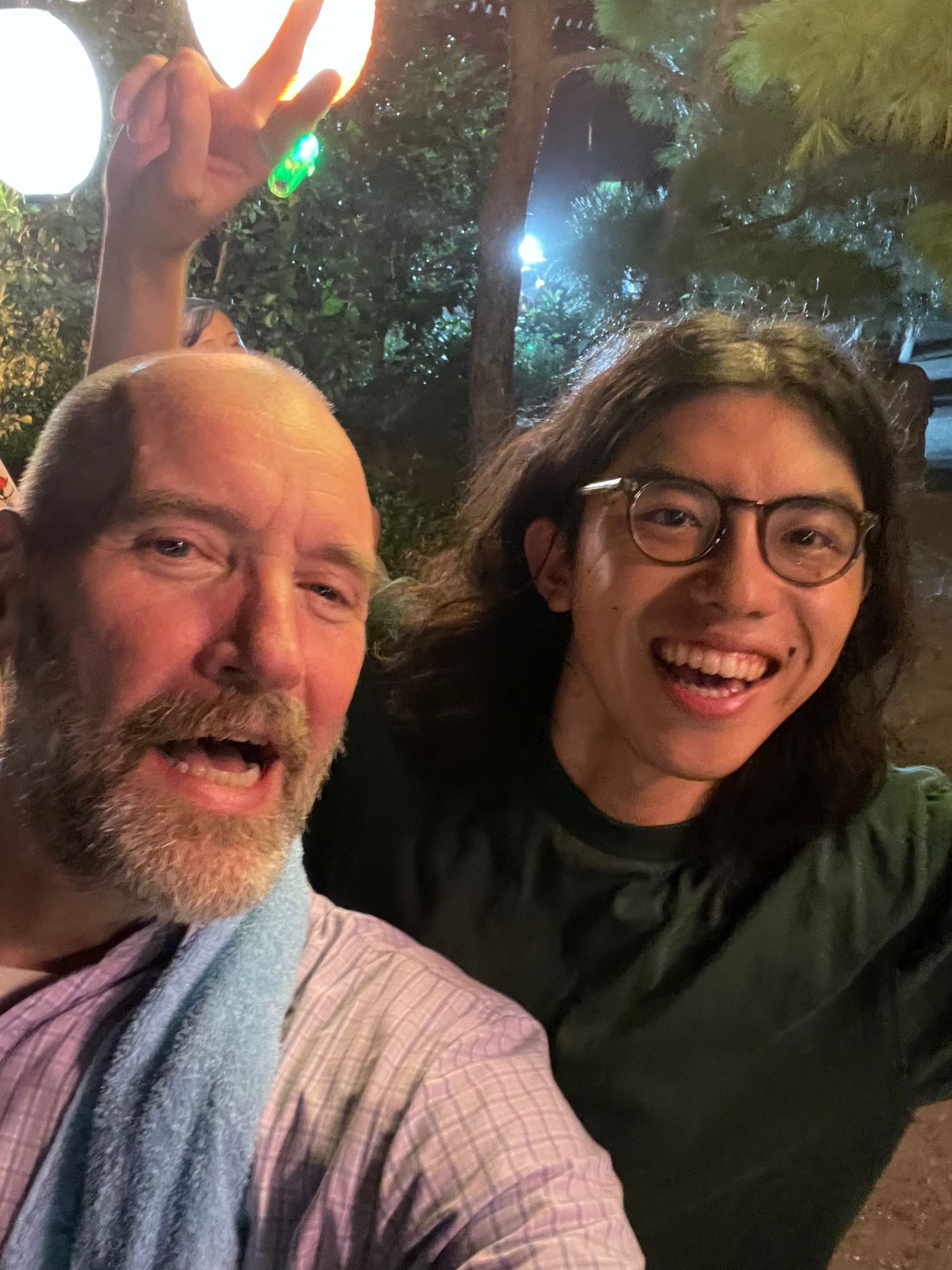
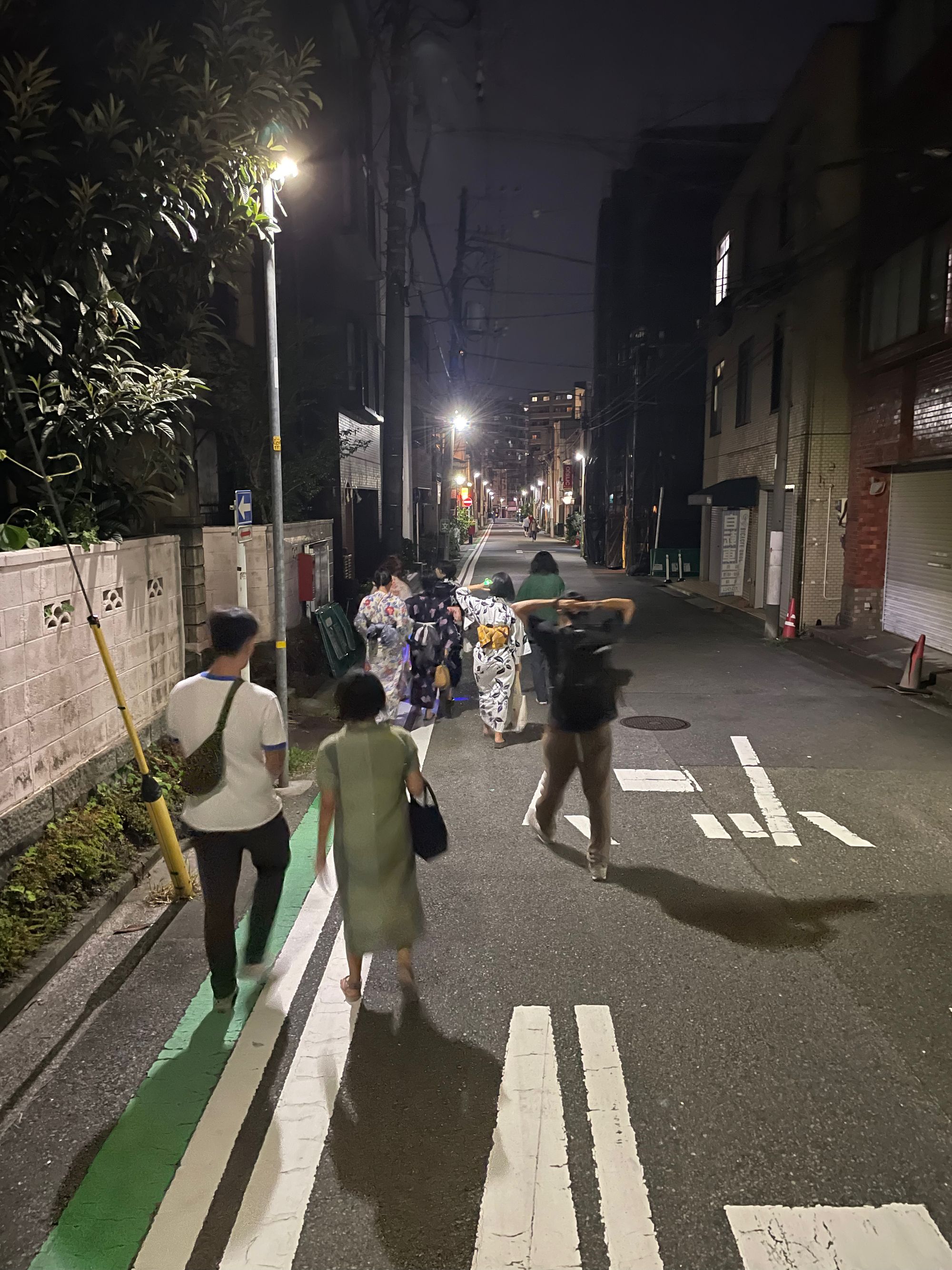
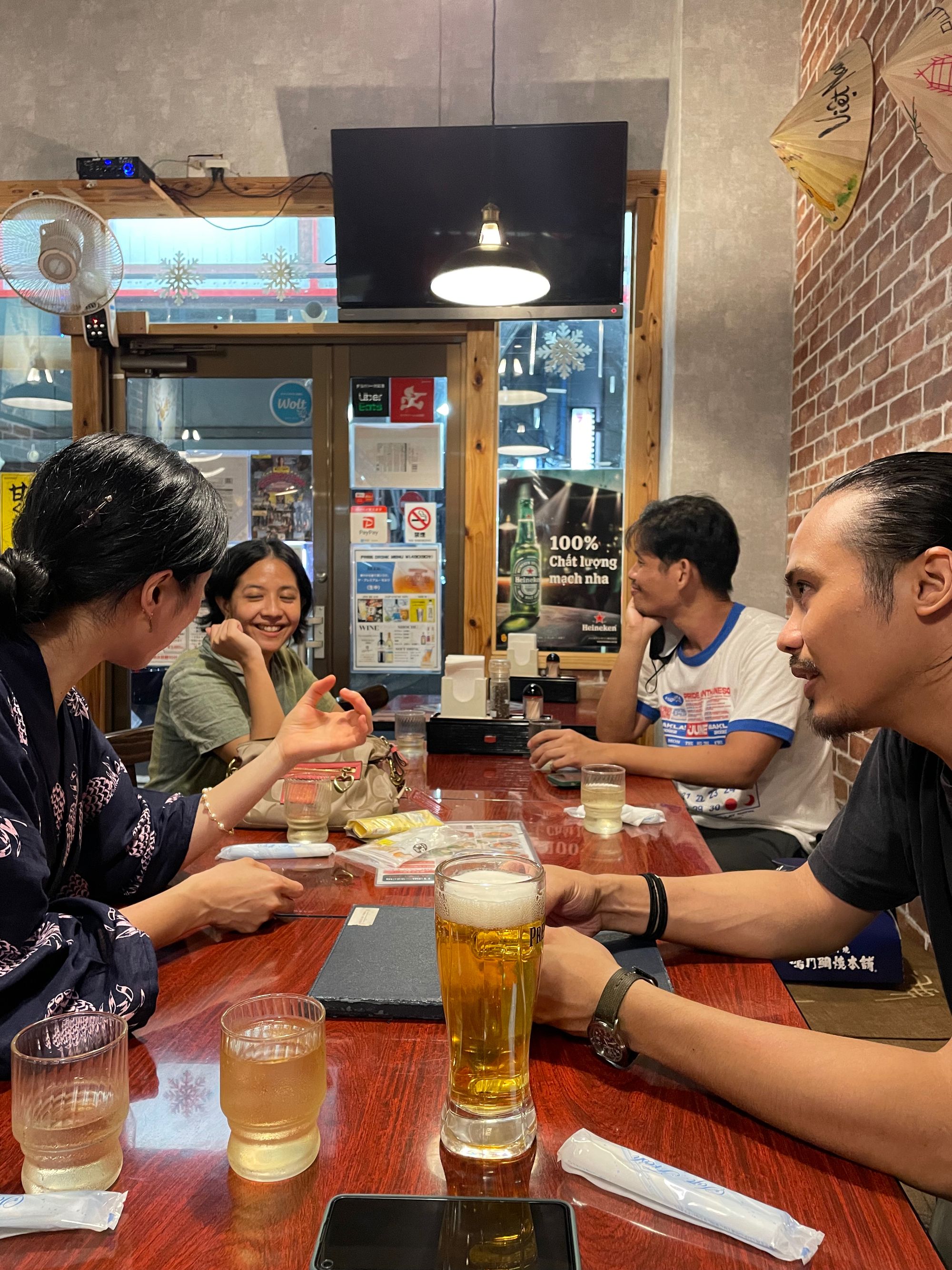
My participation in the Koganecho Artist in Residence program, the art work I create while here, and this very newsletter were all made possible by members of The Mycelium Council. If you enjoy Trembling Aspen, a newsletter about living your life like a work of art, from me, Steve Frost, please consider joining.
